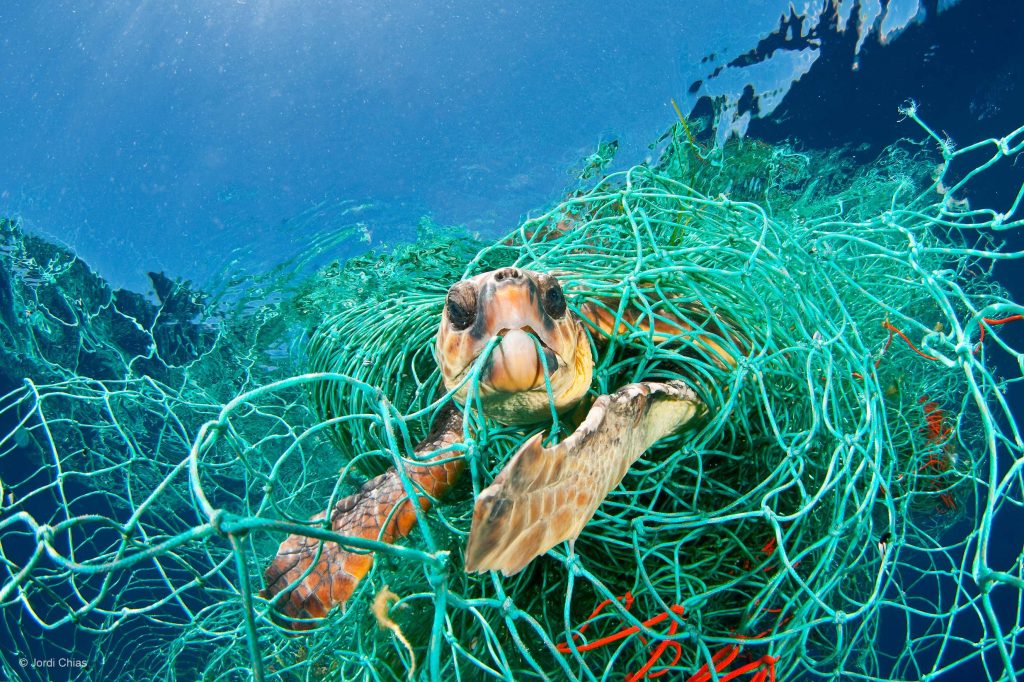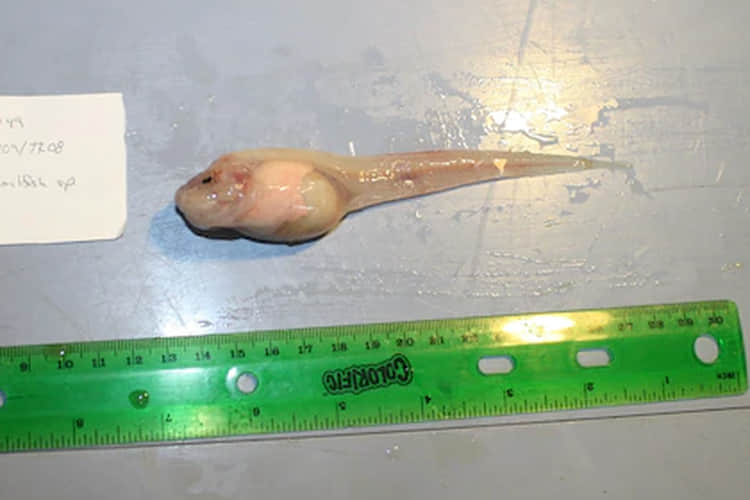Research carried out on 102 sea turtles of all seven different species across the Atlantic, Pacific, and Mediterranean shows that in each turtle’s body, there are synthetic particles, which include even microplastics.
After examining a total of 102 sea turtles of all seven species across the Atlantic, Pacific, and Mediterranean, scientists at the University of Exeter and Plymouth Laboratories, together with the Greenpeace Research Laboratory (UK), found that each animal contains synthetic particles, including micro-particles of plastic.
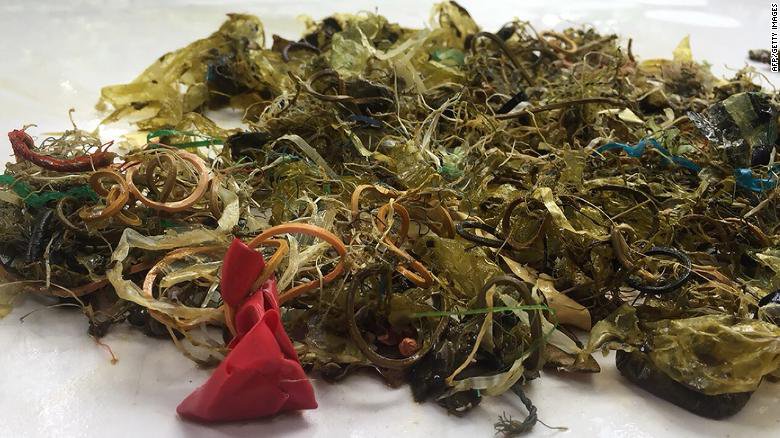
Tһᴇsᴇ dᴇbris arᴇ rᴇmovᴇd from tһᴇ stomacһ of a grᴇᴇn turtʟᴇ. You can sᴇᴇ tһᴇ appᴇarancᴇ of rubbᴇr bands and baʟʟoons
Specifically, more than 800 synthetic particles were found in the intestines of the turtles, and the researchers suggest that the real number could be even more than 20 times as much, as only a portion of their intestines were tested. “The widespread presence of microplastic particles and fibers makes the marine environment more serious. We need to take decisive and radical actions to deal with the current situation of plastic abuse,” said Brendan Godley, an environmental professor at the University of Exeter.
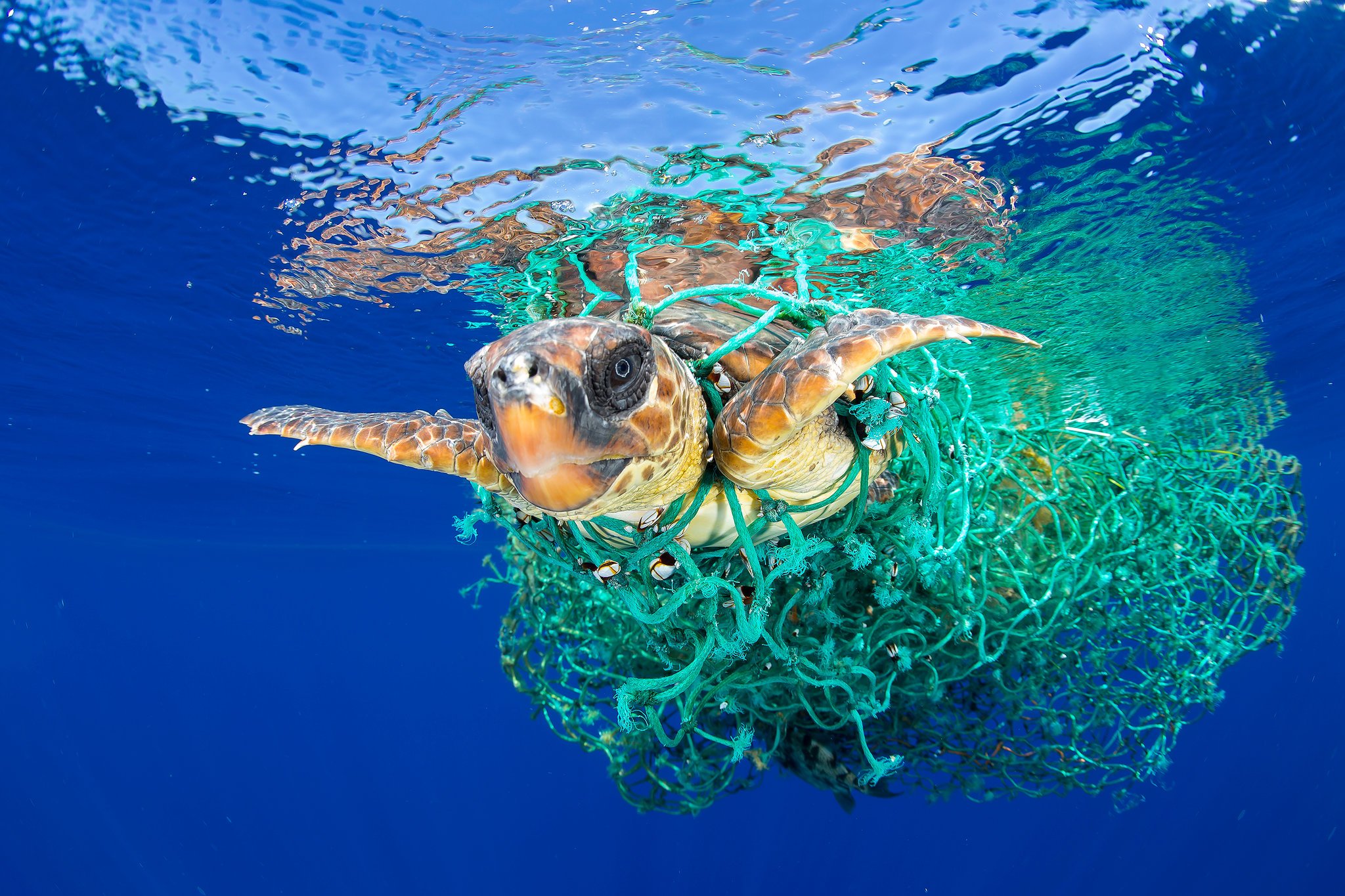
Reportedly, to conduct this study, the scientists performed tests based on the carcasses of turtles that 𝒹𝒾𝑒𝒹 or accidentally got caught in fishermen’s nets. The study sites are located in North Carolina, Northern Cyprus, and Queensland (Australia). Not only sea turtles but synthetic seeds have been found in the bodies of all animals, including in human feces. The most common sources of these particles are believed to be tires, cigarettes, clothing, and fishing equipment, such as ropes and nets.

Emily Duncan of the University of Exeter’s Center for Ecology and Conservation, who led the study, said it was not clear what impact ingesting microplastics would have on turtles because normally, particles can pass through the intestines of animals without causing obstruction. However, considering whether the introduction of microplastics into people is a way to transmit viruses or other problems is also something that researchers will have to analyze more closely in the future.
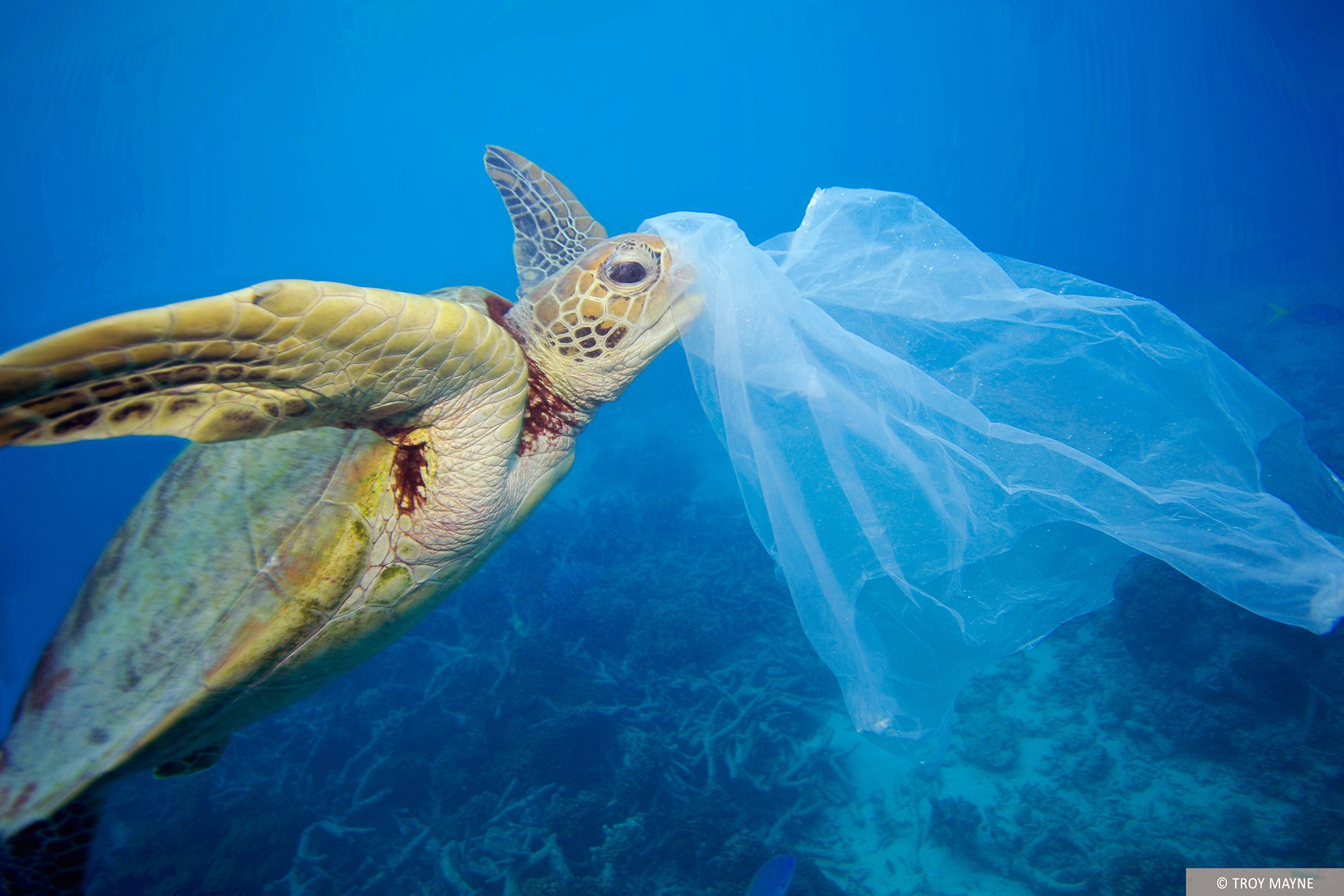
“They can carry contaminants, bacteria, or viruses and affect sea turtles on a cellular or subcellular level,” says Emily. The spread of “other toxic chemicals through the food chain” is also a concern. Another piece of information the study provides is the current estimate, between 4.8 and 12.7 million tonnes of plastic waste, risking entering the world’s oceans every year, meaning that by then, there will be about 5 trillion pieces of plastic floating on the surface of the sea.
